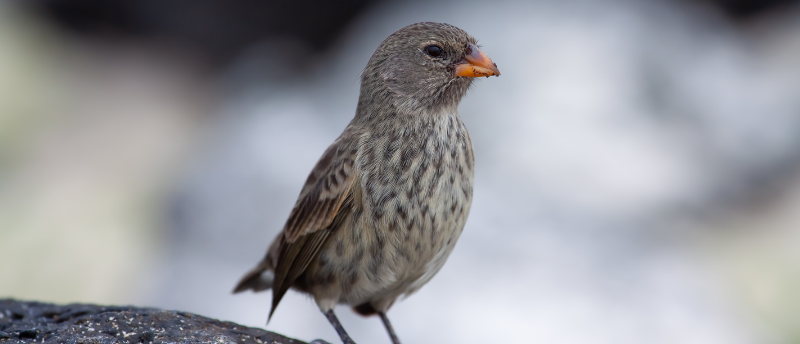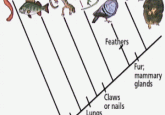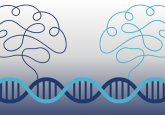Study reveals genetic basis of evolution in Darwin’s finches

An international study comprising nearly 4000 Darwin’s finches reveals the genetic architecture of their adaptive traits.
An international study led by researchers at Uppsala University (Sweden) in collaboration with researchers at The University of Queensland (Australia) and Princeton University (NJ, USA) used whole-genome data of 3955 Darwin’s finches on the Galápagos Island of Daphne Major to uncover the genetic basis for some of their adaptations. These findings provide a dynamic picture of how species adapt to changes in the environment.
Darwin’s finches are endemic to the Galápagos and Cocos Islands in the Pacific Ocean. They are historically important as they have provided many fundamental insights into processes of natural selection and adaptive radiation. The infamous songbirds, comprised of about 18 different species, are known for the diversity in their phenotypes, in particular, the differences they exhibit in their beak form and function.
To better understand the evolution of the finch populations, renowned evolutionary biologists and authors of this study, Rosemary and Peter Grant (Princeton University), started tracking nearly every finch on the Ecuador island Daphne Major in the 1970s. Their research has demonstrated that evolution occurs in response to environmental changes and interactions among species, and can be seen within a single lifetime. In this recent study, the team has sequenced the genome of almost all the finches studied on Daphne Major, revealing the genetic basis for the phenotypic changes.
 Dinosaur feathers have similar protein composition to bird feathers
Dinosaur feathers have similar protein composition to bird feathers
In a study on dinosaur feathers, researchers find that fossilization can alter trace protein composition and structure.
Blood sample collection and phenotypic traits were measured and collected by Peter and Rosemary Grant. Collecting a drop of blood from the wing vein of the finches and banding them allowed the researchers to track them and see their overall survival, who they mated with and the offspring they produced. “By collecting blood samples throughout the study, we had the samples available for genomic study when the technology became available,” explained Rosemary Grant.
Upon examining four species of Darwin finches with a genome-wide association study, the researchers identified six loci that had major effects on beak size. In one of these species, the six loci were responsible for 59% of the total heritability. Leif Andersson (Uppsala University), senior author of the study said, “It seems that one of the ways these genetic changes evolve is by bundling together multiple genes, which are then subject to natural selection as the environment changes.”
Over the past three decades, researchers have observed that the beak of the Medium Ground Finch has become smaller. The genomic sequencing shows that this is due to genes transferring from the Small Ground Finch through hybridization and due to environmental factors, such as drought. The conditions in a drought favor the survival of finches with smaller beaks.
These findings demonstrate the opportunity to take advantage of genomic monitoring to gain a better understanding of long and short-term processes that shape natural populations. “Genomic data is a powerful tool to take our observations of birds in the field and learn about the factors that have shaped their evolution,” concluded first author Erik Enbody (former postdoc at Uppsala University).





